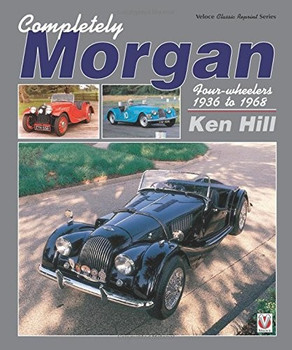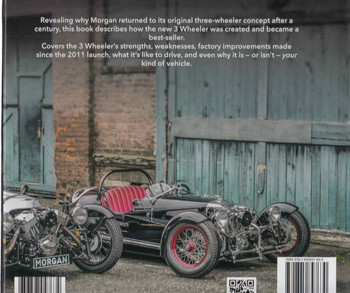Description
By: Peter Miller .
HFS Morgan's first runabout, a single-seater built in 1909, was an inspired design. It comprised little more than three wheels, a few lengths of tubing, a pair of bevel gears and transmission chain together with a large motorcycle engine. It gave a performance equal to the best sporting cars of the day at a fraction of the cost.
The runabout, which had been built by Morgan for his own amusement, attracted considerable public interest and a demand for similar machines. Sales were initially low but took off with the introduction of a two- seater version in late 1911. Very soon demand would outstrip supply and by 1914 Morgan had become Britain's third-largest car manufacturer after Wolseley and Austin.
The Morgan was competitive from the outset and was the machine to beat in trials, racing and record breaking. Sporting achievements contributed to the success of the car and aided the survival of the company through the inter-war depression years and in the face of competition from the new generation of light cars, typified by the Austin Seven. The Grand Prix, Aero and Super Sports models represented the epitome of stylish, no-nonsense sporting machinery.
A three-speeder chassis was introduced at the end of 1931. Two years later the Model F, the first Morgan powered by a four-cylinder car engine, became available. It would form the basis of the new generation of four- wheeled cars, which survives to this day.
This book traces in detail the history and technical development of the three-wheeler Morgan from the earliest two-speeders through to the end of three-wheeler production in 1952. The different Morgan models and the various engines fitted are fully described.


















